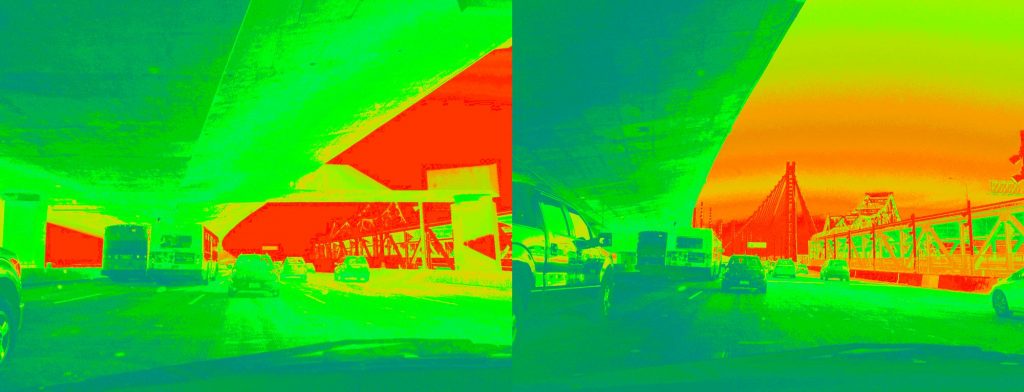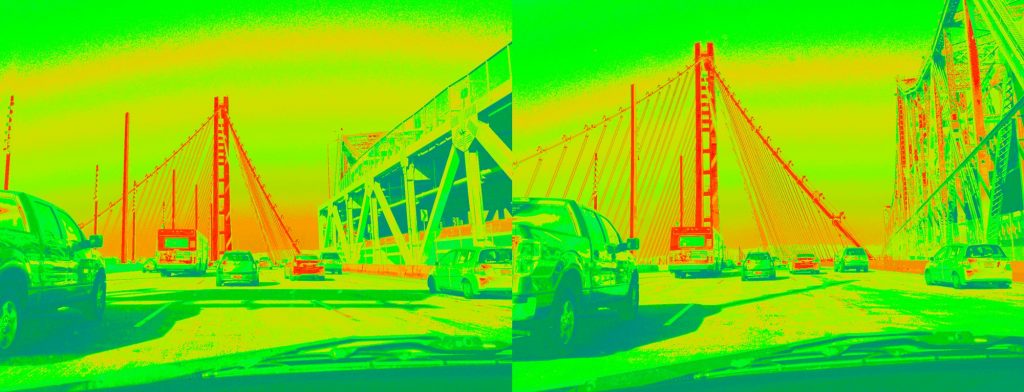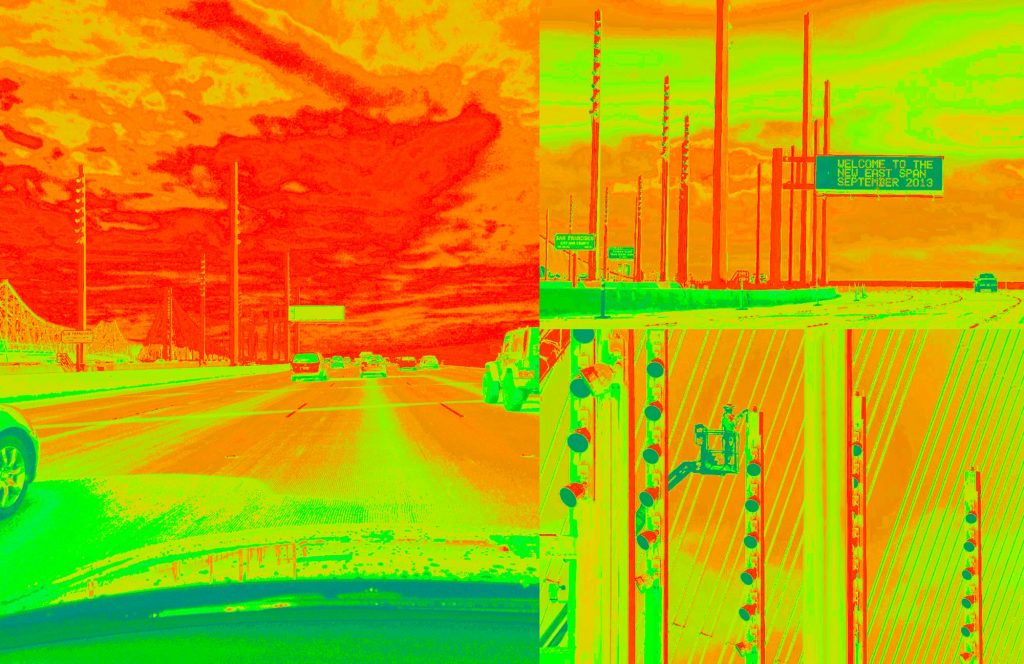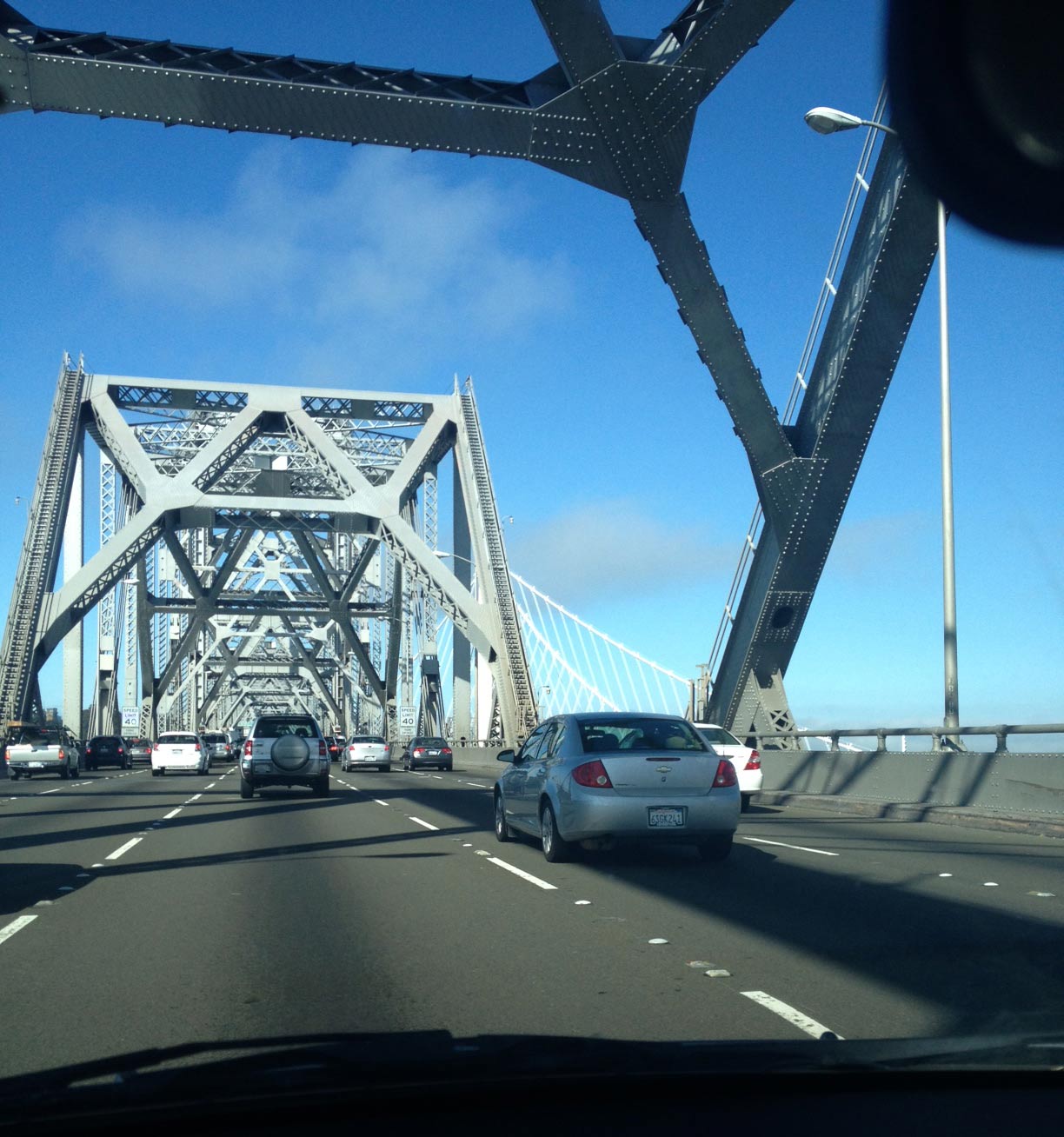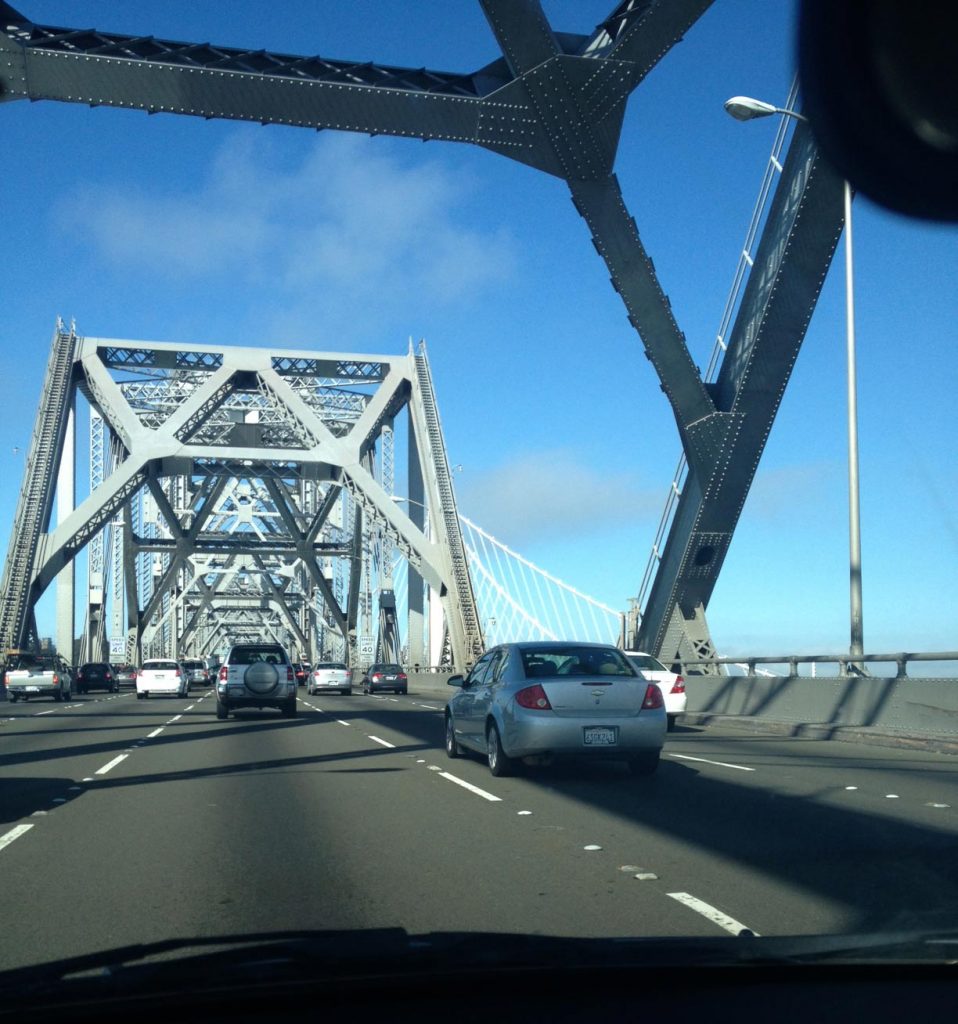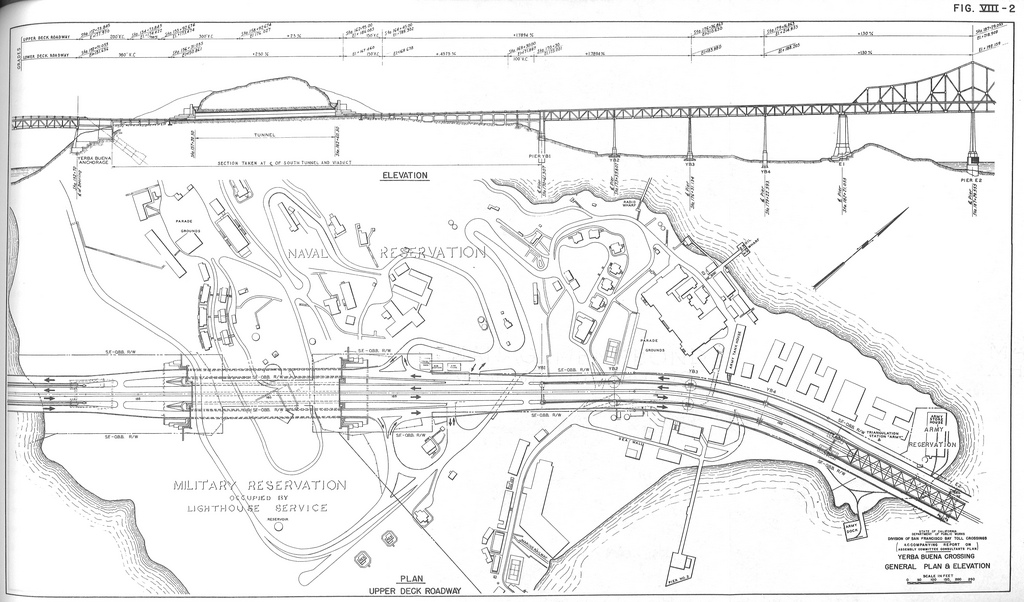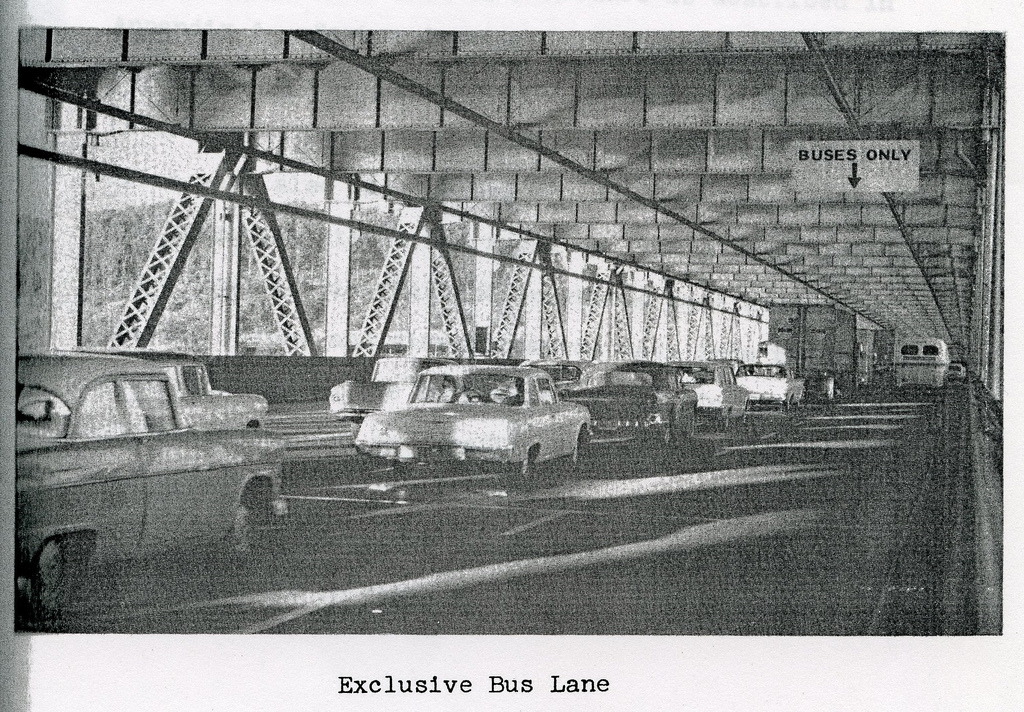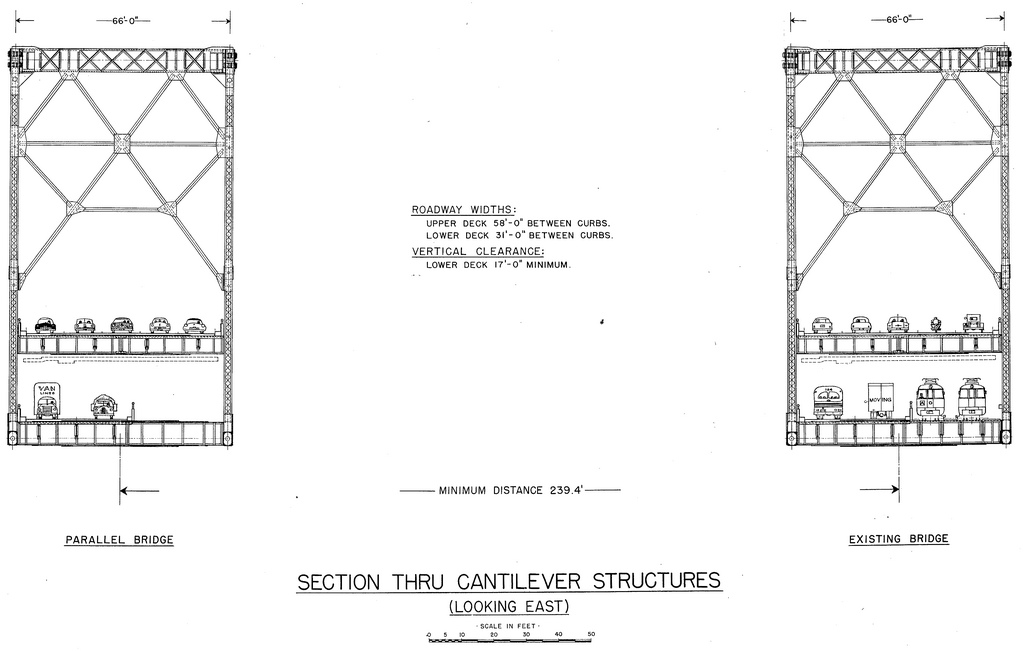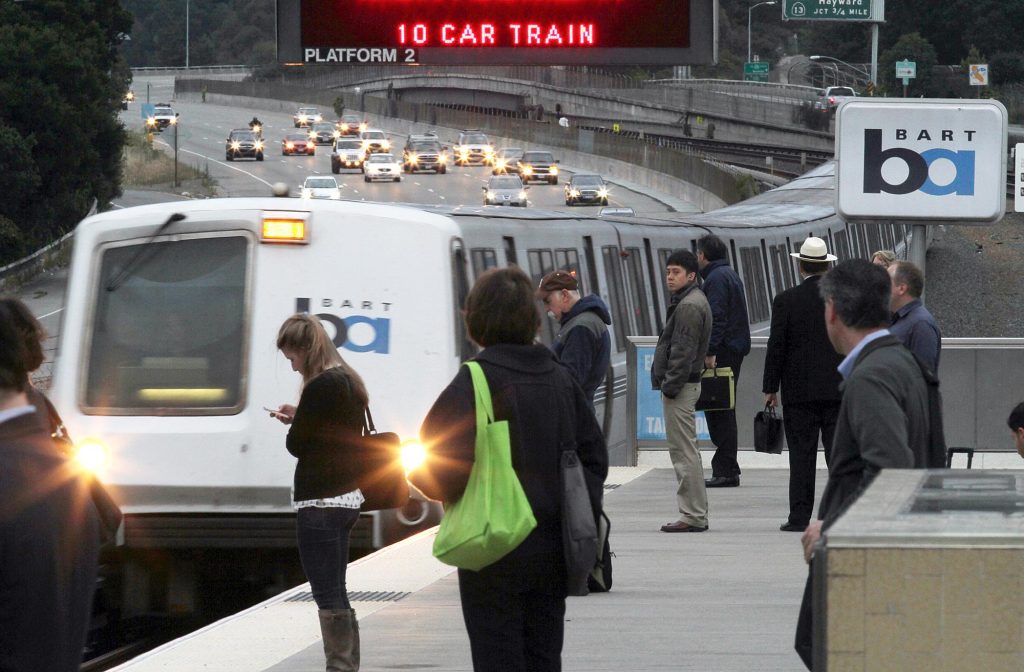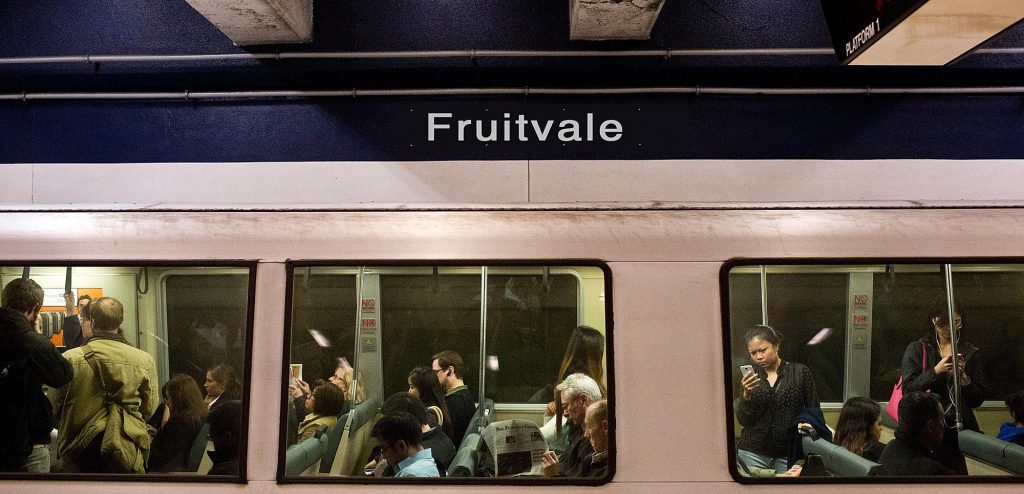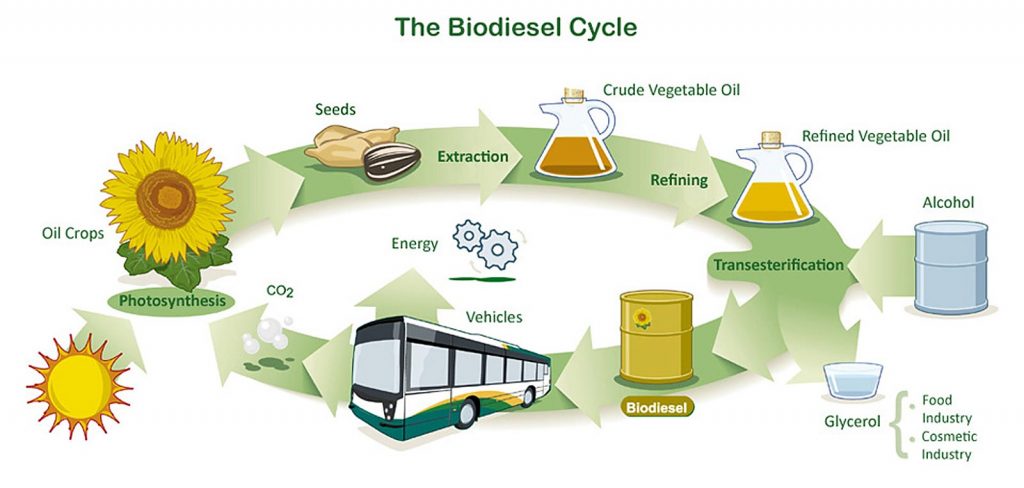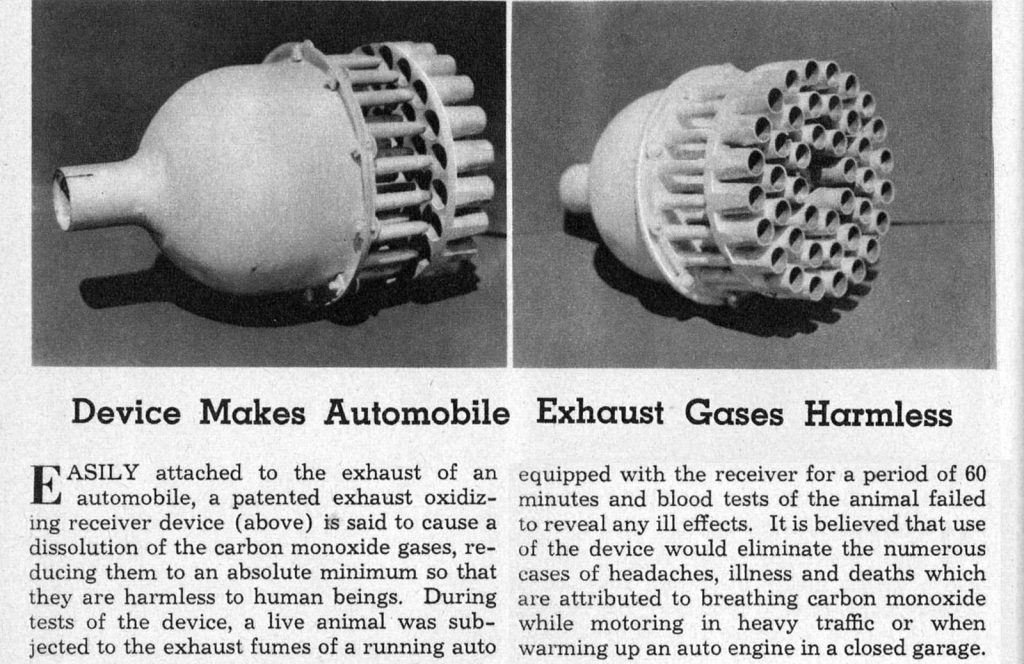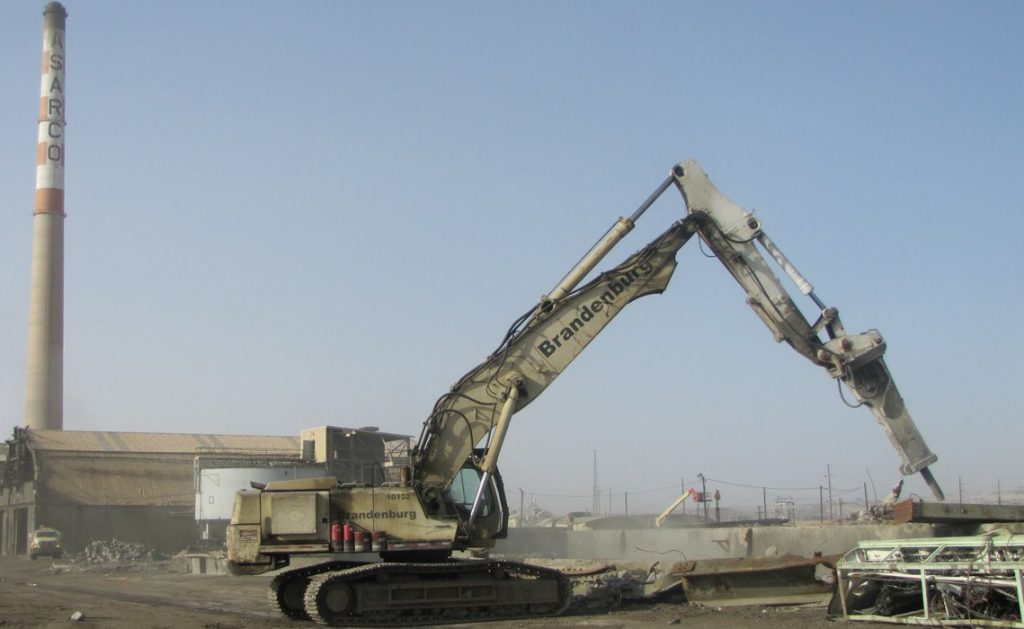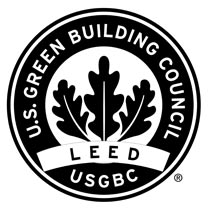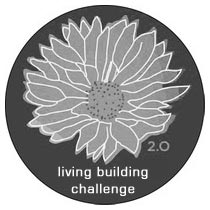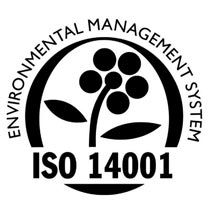By Ross Levy
Principal
We are all aware of the issues with housing in California. It is hard to find and expensive once you do. That is enough of a challenge for most of us, but there is a larger and more nuanced set of issues that are intimately related to what we build, where we build and how we build it.
The underlying issue is that sprawl consumes viable natural land, land that sequesters carbon in the subsoil micro-biome. Compounding that problem, this type of development reinforces auto-centric patterns of living that lead to greenhouse gas emissions, contributing to climate change.
Impact on the Environment
Buildings, their construction, and operation, constitute nearly 50% of our global Co2 emissions. The challenge of our time is the climate. We need to make the most of existing infrastructure by leveraging it, creating more density while at the same time envisioning more livable cities.
This is a big part of what The Greenhouse gas legislation, CA AB32, signed by none other than Republican Governor Arnold Schwarzenegger, was intended to address. Following along have been further administrative actions, most recently and quite controversially, SB 827, sponsored by The Assemblyman from San Francisco, Scott Wiener, that will provide for “as of right” entitlements for high-density development along transit corridors.
Architects as Environmental Protectors
As architects, we are public artists. Our designs are reviewed and criticized by government agencies and by the public at large. We work in “contexts”; natural, urban, rural, sub-urban, dense and sparse, all of them unique and all of them sensitive.
In the context of San Francisco, a city with a rich history and strong sense of identity, how do we grow responsibly while maintaining our character and integrating new environmental technology? This is a uniquely architectural problem. It demands design solutions that are of the highest caliber, addressing a number of complex problems at the same time.
The first is the form of The City. We can create “new” architecture that is compatible with the “historic fabric” if we first consider mass and modulation. By this, we mean that the City, each block, has a definable rhythm of shapes and forms. Recognizing that, we can design to create and support that pattern, while also integrating design that is relevant to our age and our environmental evolution.
Our society, its built remnants, has been produced by a process of accretion, built up over time. We work in this continuity of time to produce structures that solve today’s problems; structures that are “net-zero” or “net-positive” energy generators, buildings that are carbon sinks rather than carbon emitters, and forms that support the historic or natural environment.
That seems clear enough, but there are a variety of opinions about “context” and “contextual.” Unfortunately, public agencies, such as San Francisco Planning, do not always share our vision of progressive architecture. To be fair, they, like any public agency, have multiple constituencies that they serve, and many political masters. We have always, and will always, work with our colleagues in public administration to, not only build a better city and a better planet but also to educate the public and to influence the Building and Planning Codes so that they are more closely aligned with the realities of our day.
Taking Action
I have personally been serving on a committee, The SFAIA PPAC, and its affiliated organization, SFDAG, in the interest of this ongoing dialogue. We are grateful to SF Planning for their time and open minds. It is this kind of approach that has yielded some success and respect for the work that we do. We have every intention of continuing.
Contact us to learn more.
Based in San Francisco, California, Levy Art & Architecture specializes in commercial and residential projects, with the goal of creating an innovative architectural design consistent with the client’s vision. A team of professionals with extensive experience and multi-disciplinary backgrounds handles a wide range of projects of every scale.



